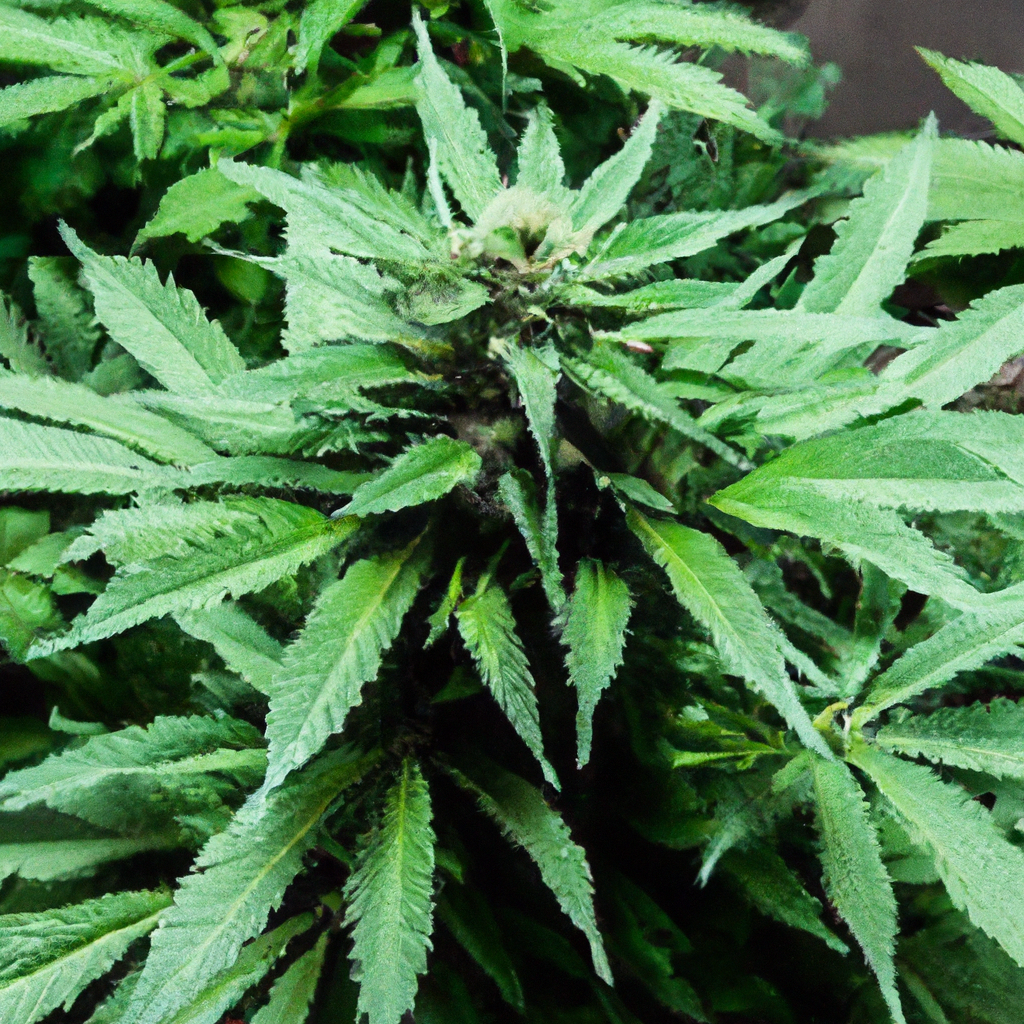Your cart is currently empty!
Growing cannabis is not just about nurturing a plant—it’s about cultivating a connection with nature. Whether you are new to cannabis cultivation or an experienced grower, mindful practices can enhance both the gardening experience and the quality of the yield. In this article, we delve into best practices and common challenges in cannabis cultivation, while providing solutions to ensure a successful harvest.
Introduction to Mindful Cannabis Cultivation
Mindful cultivation involves an awareness of the impact of each action on the growth process. It requires a balance between nurturing the plant and sustaining the environment. By integrating practices like sustainable agriculture, ecological respect, and plant well-being, growers can attain beneficial outcomes for both the garden and the environment.
Essential Cultivation Practices
Sustainable Agriculture
- Compost Use: Incorporate homemade compost or organic store-bought alternatives. This enriches the soil with natural nutrients and minimizes waste.
- Water Conservation: Apply drip irrigation systems to minimize water usage. This technique ensures plants receive the hydration they need without excess waste.
- Natural Pest Management: Use beneficial insects and companion plants to naturally deter pests. Slug traps are particularly effective for organic pest control.
Plant Care Practices
- Regular Monitoring: Consistently check for signs of pests, nutrient deficiencies, and overall plant health. Early detection is key to effective management.
- Proper Pruning: Remove dead or unhealthy leaves to allow better light penetration and airflow, which keeps plants healthy and reduces disease risk.
- Soil Care: Regularly test soil pH to ensure it remains within the optimal range for cannabis, roughly between 6.0 and 7.0.
Overcoming Common Challenges
Nutrient Deficiencies
Nutrient deficiencies can quickly turn a promising harvest into a disappointing yield. Common symptoms include yellowing leaves and stunted growth.
- Diagnose the specific deficiency, such as nitrogen or potassium, and apply targeted organic supplements to restore balance.
- A slow-release organic fertilizer can gradually replenish lost nutrients and support healthier plant growth.
Disease and Pest Infestations
Cannabis plants are susceptible to various diseases such as powdery mildew and pest infestations like spider mites.
- Implement integrated pest management (IPM) techniques that leverage both mechanical controls (like nets) and biological methods.
- Maintain hygiene by regularly cleaning tools and the growing area to prevent disease spread.
Embracing Environmental Factors
Being aware of the external environment allows growers to adapt their cultivation practices effectively. Here are some key factors to consider:
- Climate Control: Adjust humidity and temperature levels to align with the needs of cannabis plants during different growth stages.
- Seasonal Changes: Be prepared for potential environmental shifts due to seasonal changes that may affect indoor and outdoor growing conditions.
Conclusion
Cannabis cultivation is a rewarding journey that improves with mindful practices. By focusing on sustainability, vigilant plant care, and environmental adaptation, growers can cultivate not only healthy plants but also a deeper understanding and respect for nature. Aspiring growers can create a harmonious garden that thrives season after season.
Remember, the art of cannabis cultivation extends beyond harvesting—it’s about nurturing life with intention and care.
Discover more from Magic Clones
Subscribe to get the latest posts sent to your email.


Leave a Reply